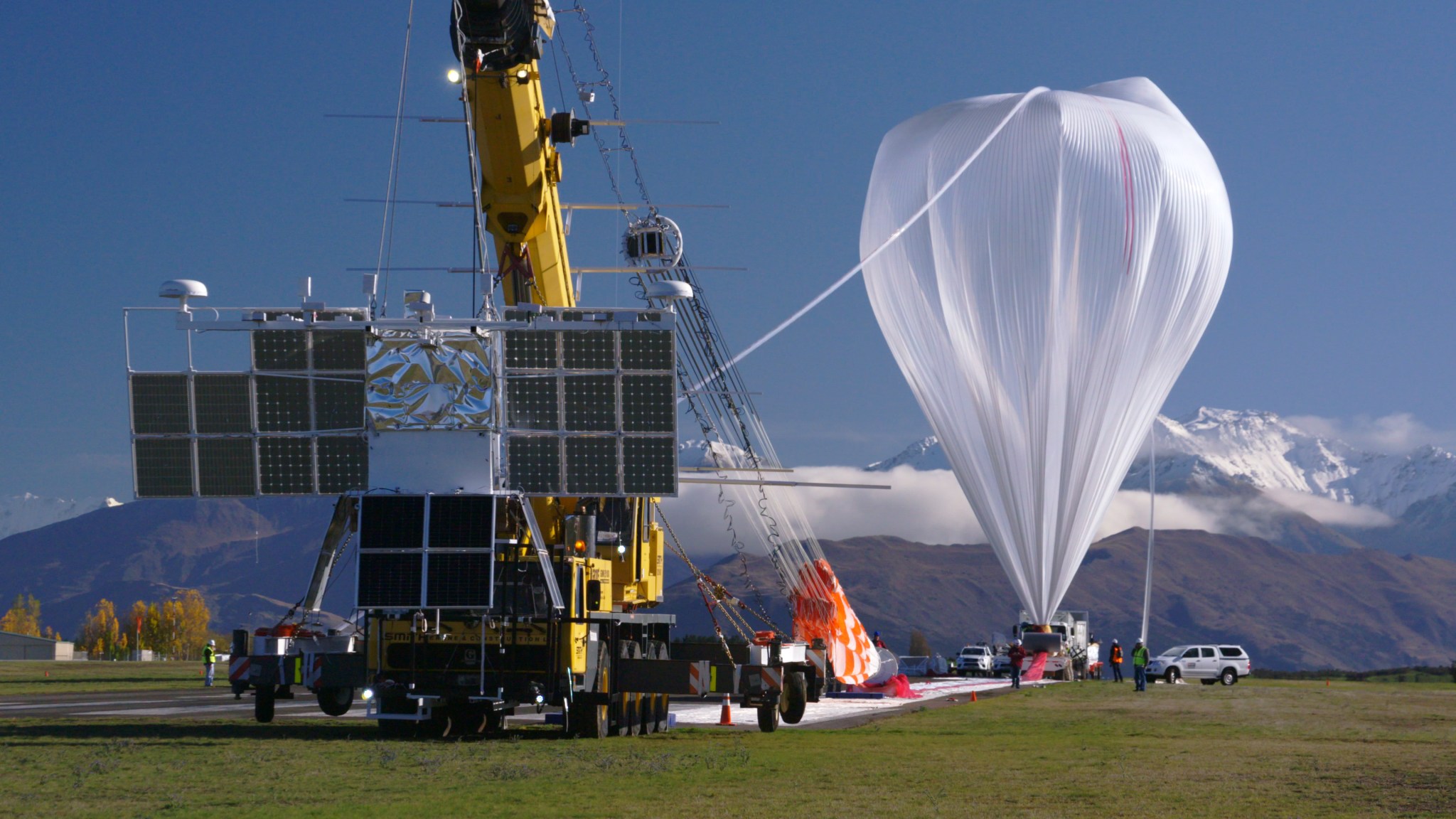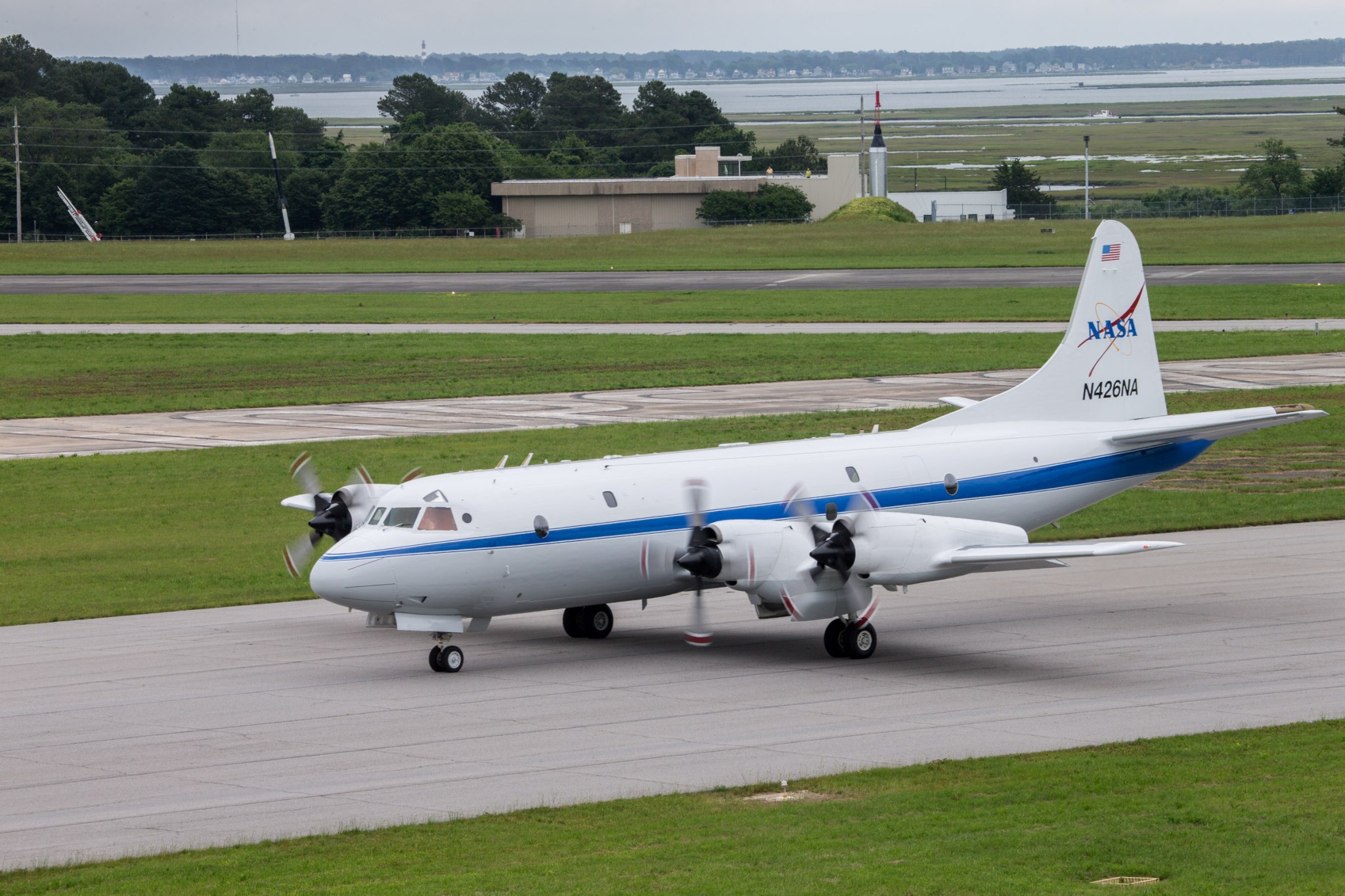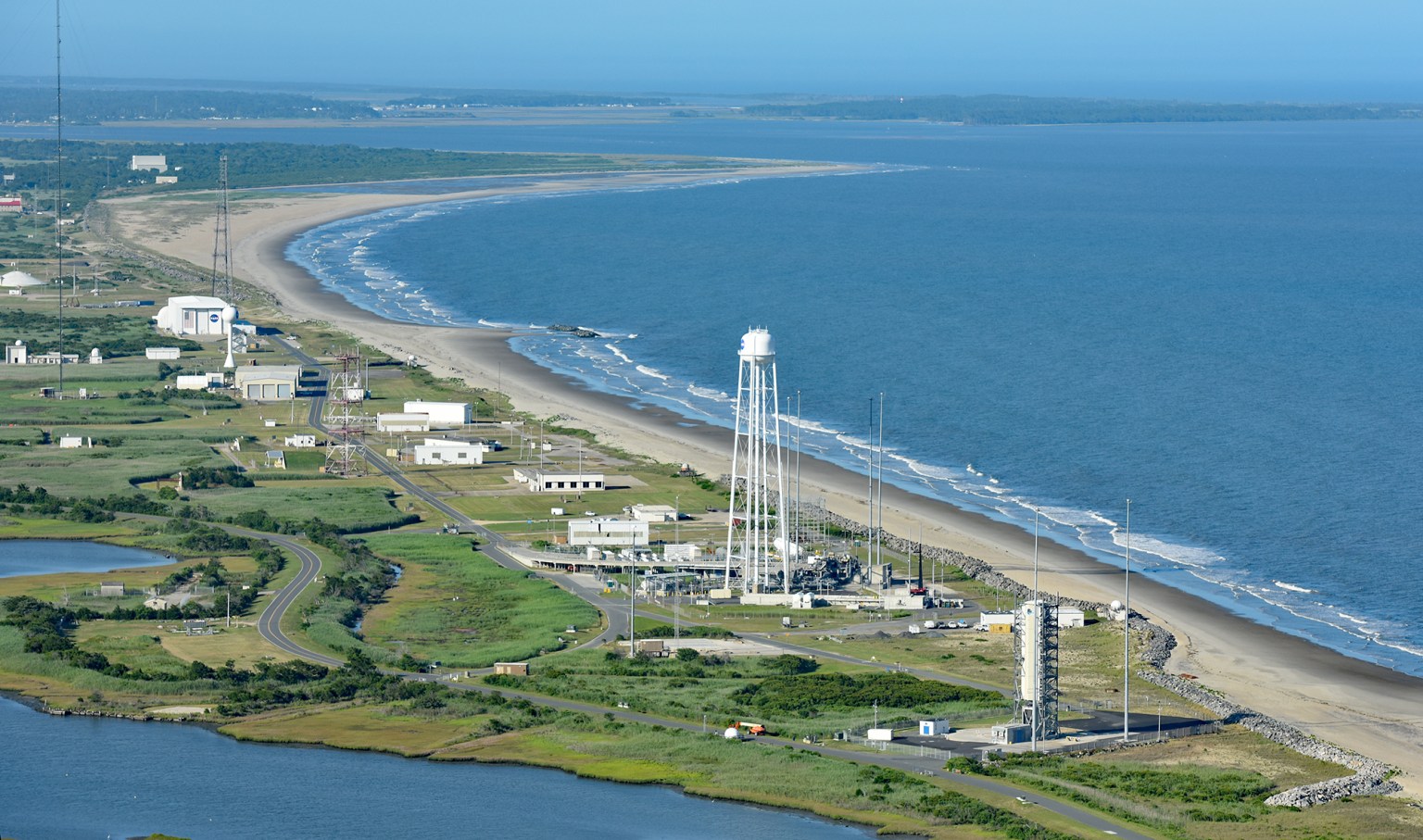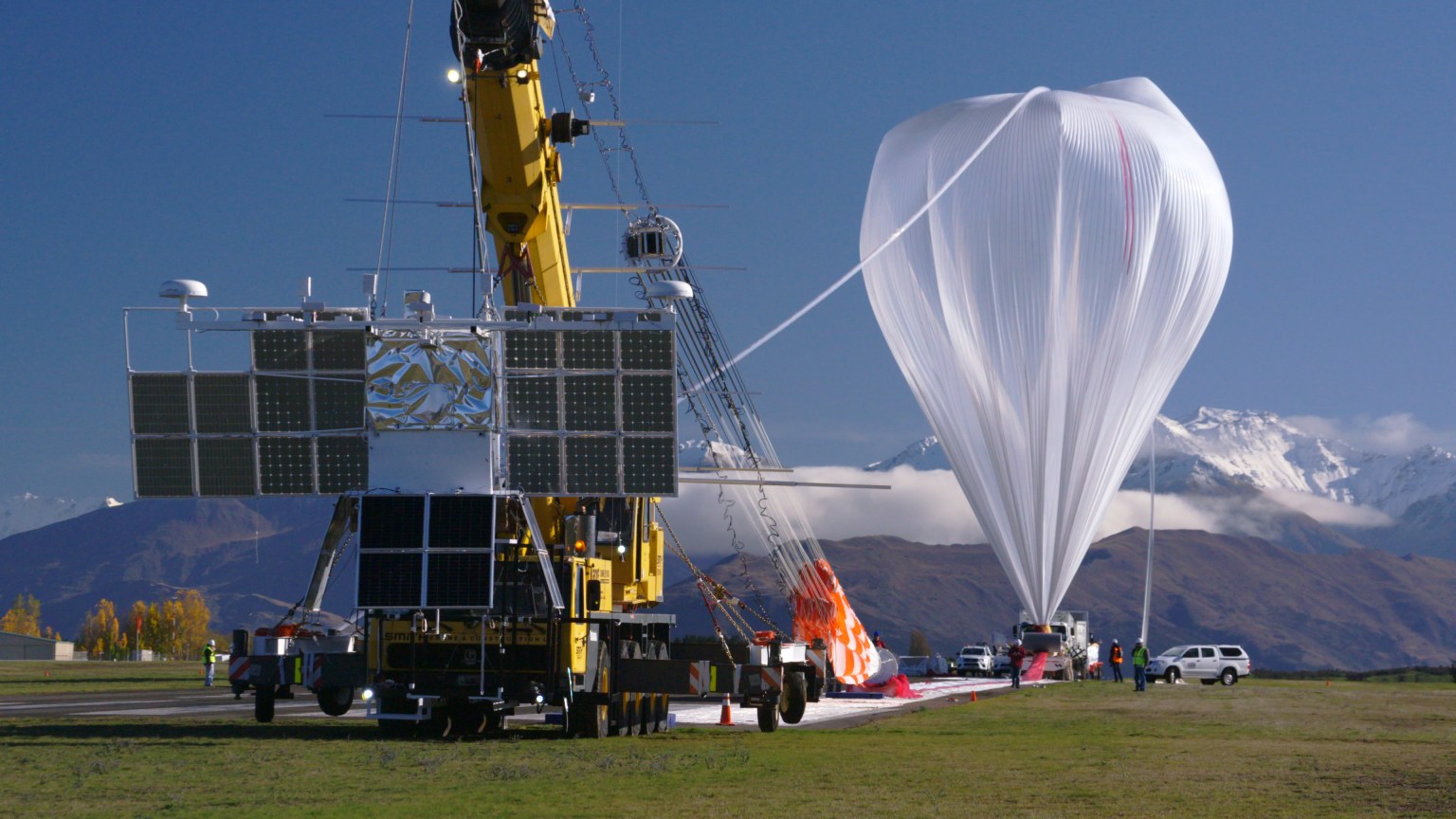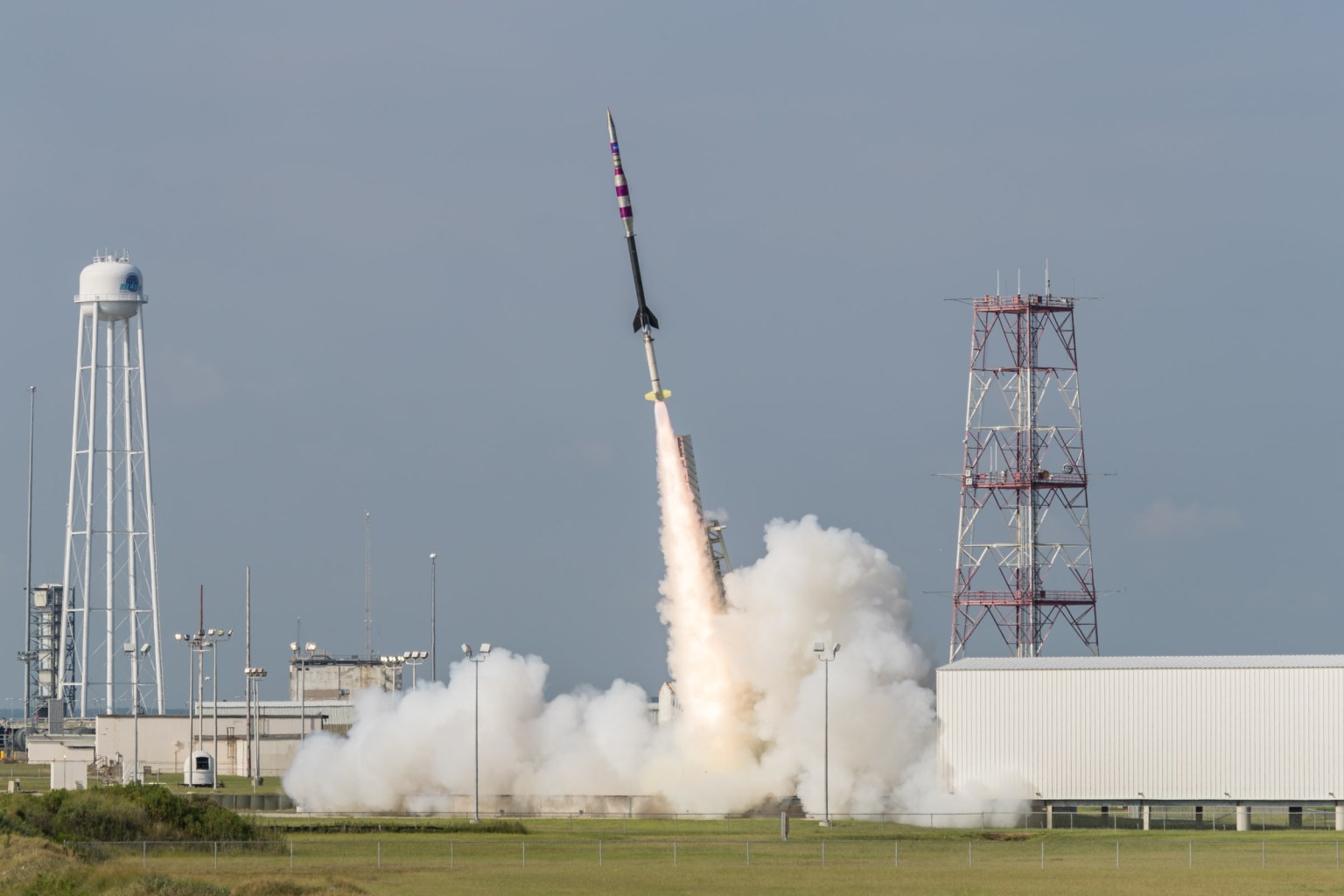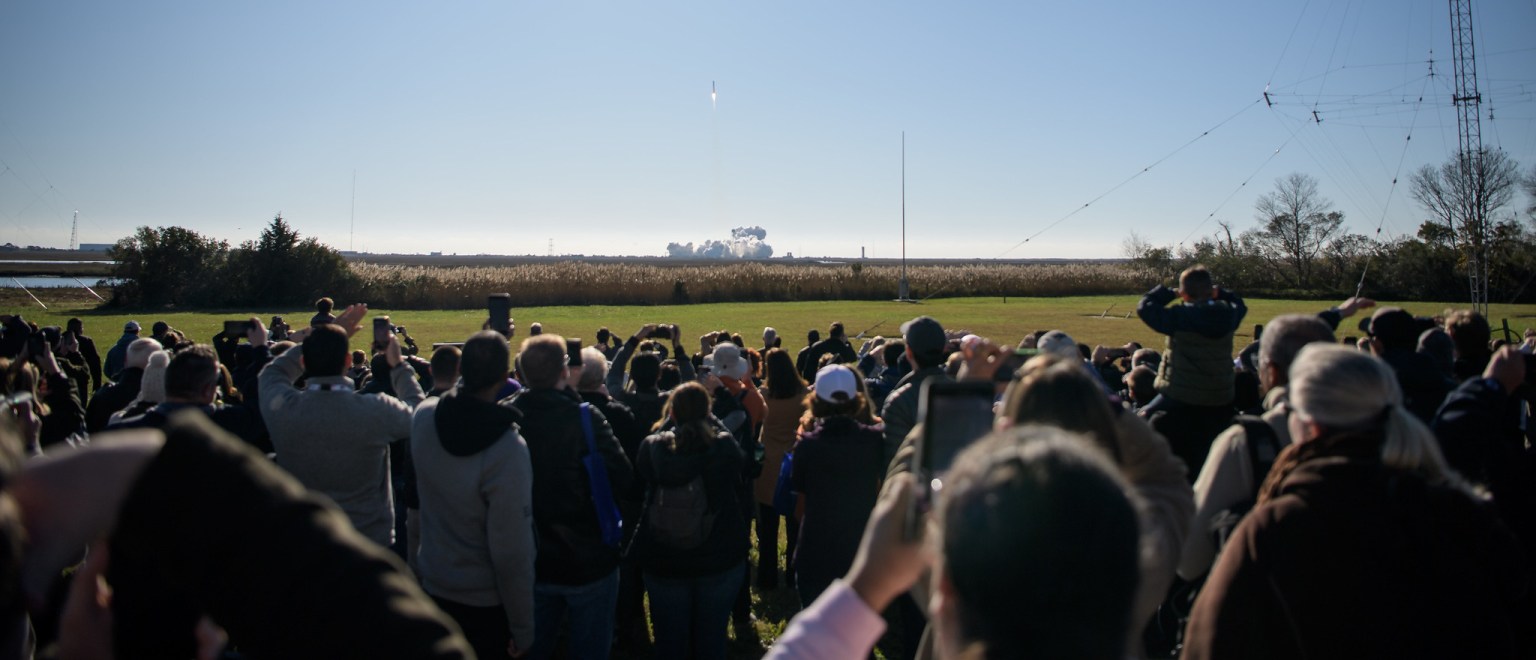Sounding Rockets
For over 40 years, the NASA Sounding Rocket Program (NSRP) has been one of the primary vehicles for space and earth science research. The program has provided important and often critical data to support the scientific community, NASA’s orbital space programs, the Department of Defense, other Government agencies, and the international space community. NSRP’s more than 2,500 missions have significantly added to our scientific knowledge in galactic astronomy, solar physics, planetary atmospheres, high-energy physics, and other disciplines. These low cost, quick response experiments remain vital to NASA’s mission.

Scientific Balloons
Wallops launches an average of 25 scientific balloons each year. Balloons are launched routinely from the National Scientific Balloon Facility in Palestine, Texas and the Scientific Balloon Flight Facility in Ft. Sumner, New Mexico. Balloons also can be launched from temporary sites. In the past, balloon campaigns have been conducted from Canada, Australia, New Zealand, Antarctica, Alaska and Sweden. Balloons have been used for decades to conduct scientific studies. While the basics of ballooning have not changed, balloon size has increased and their dependability has improved greatly. The Wallops Flight Facility manages the NASA Balloon Program Office, which offers capabilities and benefits for scientific research that cannot be duplicated by other methods.
Research Aircraft
NASA Goddard Space Flight Facility Center’s Aircraft Office, located at Wallops Flight Facility, Wallops Island, VA, provides operation, maintenance, engineering, airworthiness, and mission support of assigned aircraft as well as planning and conducting airborne research missions. The Aircraft Office explores new areas of aircraft operations, and provides safety and quality assurance oversight of all aircraft functions. The WFF Aircraft Office also supports logistical airlift needs, range surveillance, recovery operations, and a wide array of other aircraft functions. NASA aircraft types assigned to WFF include: P-3 Orion, C-130 Hercules, C-23 Sherpa and B-200 King Air. The knowledge and expertise of our personnel and aircrews, along with specific aircraft capabilities, allows us to support any type of mission from commercial/military airfields to austere locations worldwide. The WFF Aircraft Office is committed to safe, reliable, on-time, and cost effective flight operations.
Range and Mission Management
NASA Goddard Space Flight Facility Center’s Aircraft Office, located at Wallops Flight Facility, Wallops Island, VA, provides operation, maintenance, engineering, airworthiness, and mission support of assigned aircraft as well as planning and conducting airborne research missions. The Aircraft Office explores new areas of aircraft operations, and provides safety and quality assurance oversight of all aircraft functions. The WFF Aircraft Office also supports logistical airlift needs, range surveillance, recovery operations, and a wide array of other aircraft functions. NASA aircraft types assigned to WFF include: P-3 Orion, C-130 Hercules, C-23 Sherpa and B-200 King Air. The knowledge and expertise of our personnel and aircrews, along with specific aircraft capabilities, allows us to support any type of mission from commercial/military airfields to austere locations worldwide. The WFF Aircraft Office is committed to safe, reliable, on-time, and cost effective flight operations.
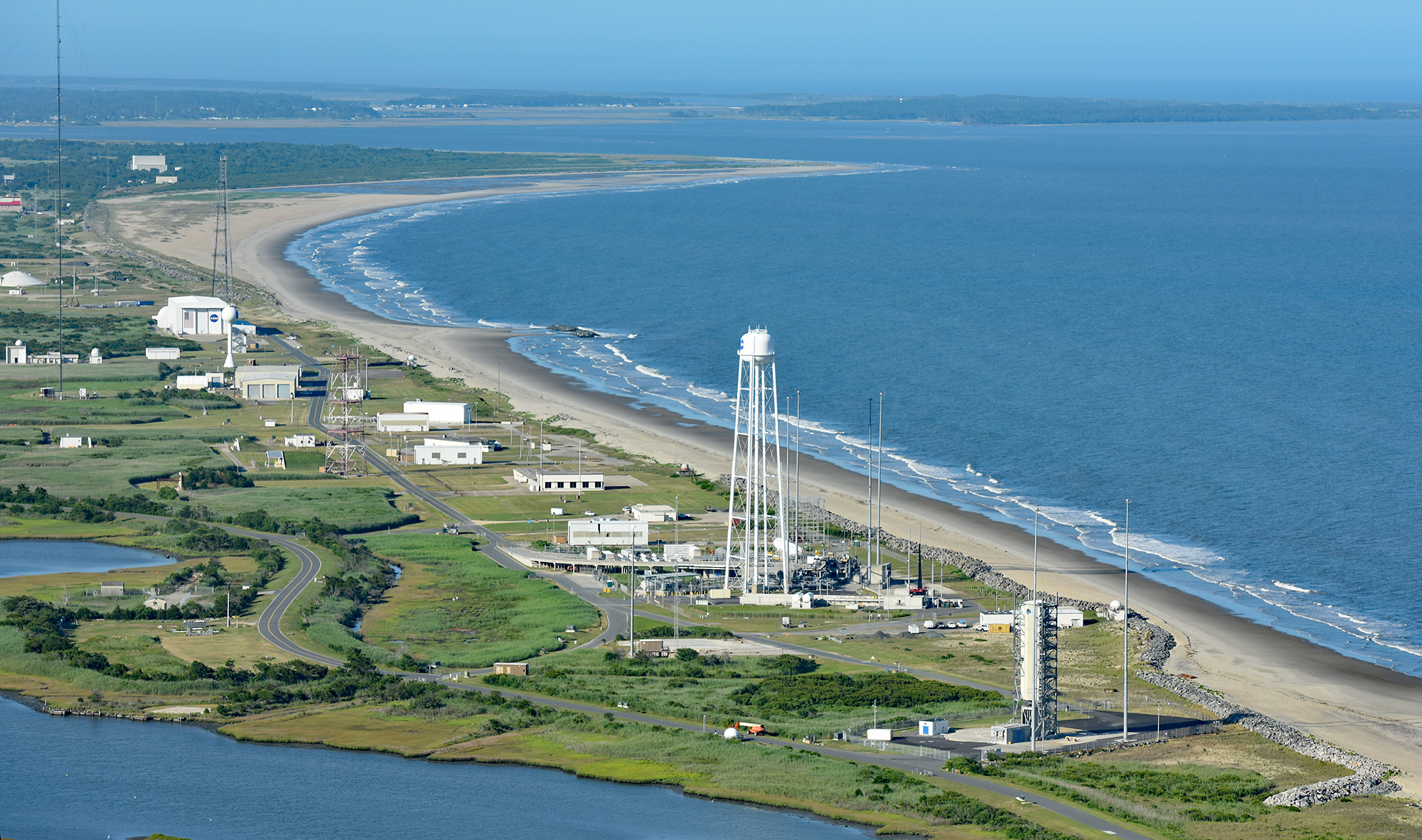
Near Earth Network
The mission of the Near Earth Network (NEN) is to use ground-based antennas to provide “best value” direct-to earth communication services for NASA missions operating in the Near Earth regime (zero to two million kilometers from Earth). The launch of NASA’s new Space Launch System (SLS) for the Exploration Mission -1 (EM-1) in 2018, giving NOAA the ability to observe North and South America and surrounding waters in near-real time, and resupplying the International Space Station are just a few of the 40 space exploration and science missions that NASA’s NEN enables. NASA missions are not complete unless the science observation and spacecraft health data, is returned to the earth and processed. There are no internet hook-ups, phone lines, or fiber optic cables in space to route the data to earth. That’s where the NEN comes in. The NEN provides Telemetry, Tracking and Command (TT&C) services for orbital missions and occasionally sub-orbital missions.
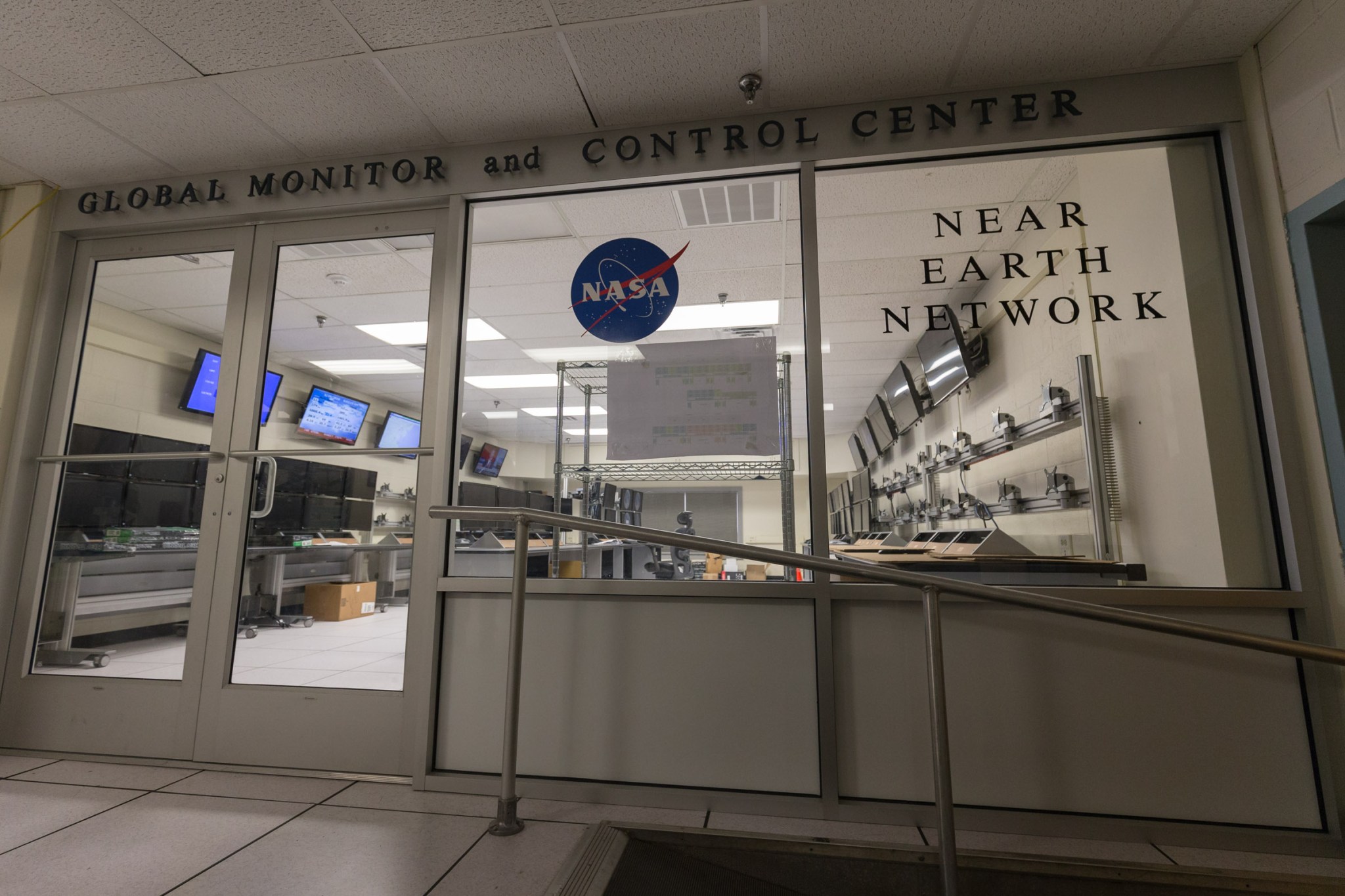
Small Launch Vehicle Research
The Small Launch Vehicle Research (SLVR) Project is a Wallops effort to develop and provide a comprehensive, end-to-end payload preparation, integration and test, launch and on-orbit support capability for small payloads. Although progress has been made around the country in specific areas, the US currently as no low-cost, routine access-to-space capabilities for small payloads.To enable this complete end-to-end capability, Wallops is working to integrate six focus areas for these small payload customers that need to place 4-400 lbs. in LEO.





























